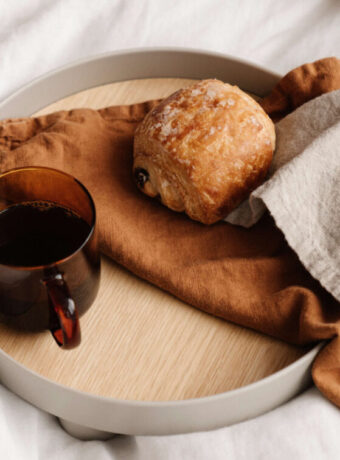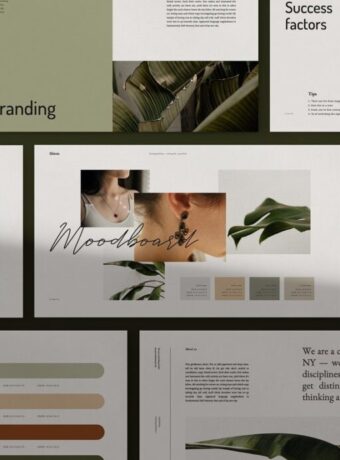Choose Brand Keywords That Guide Design Decisions
Brand keywords shape how your brand looks, sounds, and feels.

They help you make fast, confident design choices without second-guessing every layout or color. When you choose the right keywords, your brand stays clear and consistent, no matter who works on it.
I use brand keywords to align creative direction across visuals, voice, and messaging. Whether I create a moodboard, build a brand board, or write a creative brief, I start with the same step: choose words that mean something.
Here’s how to write brand keywords that guide design decisions with structure, focus, and style.
What Brand Keywords Do for Your Visual Identity
Brand keywords are not decoration. They are design anchors.
You use them to:
- Define your brand’s personality
- Set the tone for your visuals
- Guide choices on fonts, colors, layout, and imagery
- Help collaborators stay aligned without constant feedback
Clear keywords remove guesswork.
You focus on what fits and ignore what does not.
Structure Your Brand Keywords in Four Clear Groups
Use this structure to organize your keywords.
It is based on my seasonal brand framework and supported by the keyword set in your file.
Group 1: Emotion and Tone, Playful
These words shape your brand’s emotional energy.
They influence your color palette, contrast levels, and motion style.
- Happy
- Joyful
- Bright
- Playful
- Light
- Bold
- Cheerful
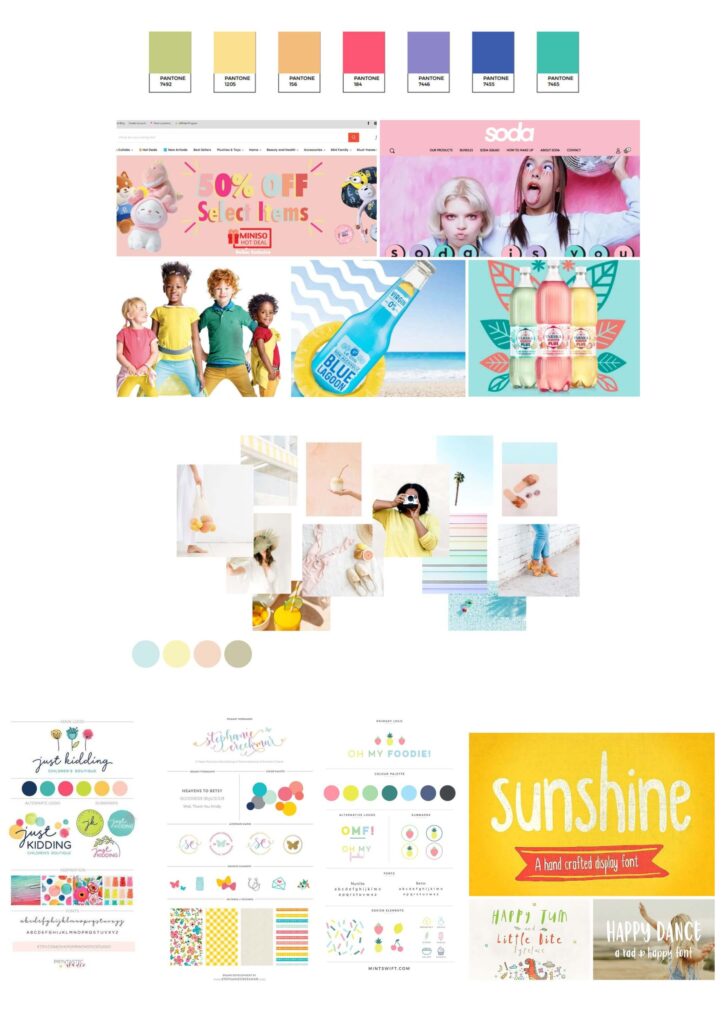
Group 2: Values and Personality, Elegant
These keywords show how your brand behaves and what it believes in.
They guide your typography, tone of voice, and layout rhythm.
Example keywords:
- Honest
- Refined
- Undestated
- Playful
- Elegant
- Quality
- Cool
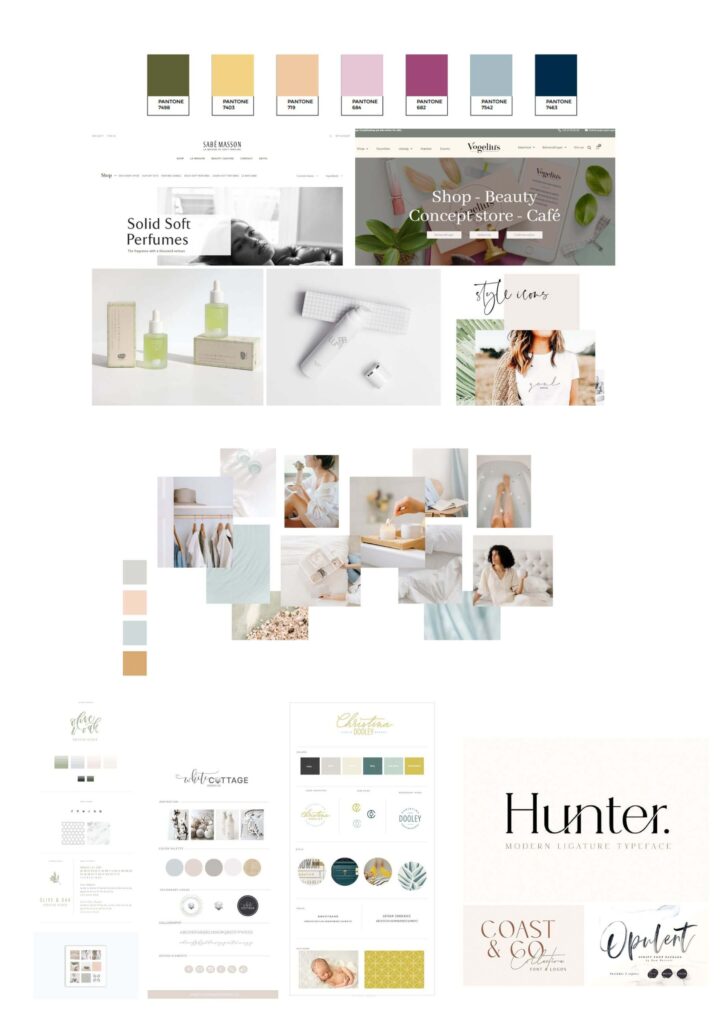
Group 3: Focus and Intention, Grounded
These keywords reflect what your brand wants to do.
They guide product visuals, icon systems, and graphic language.
Example keywords:
- Curious
- Forward
- Ambitious
- Holistic
- Empowered
- Independent
- Purpose-driven
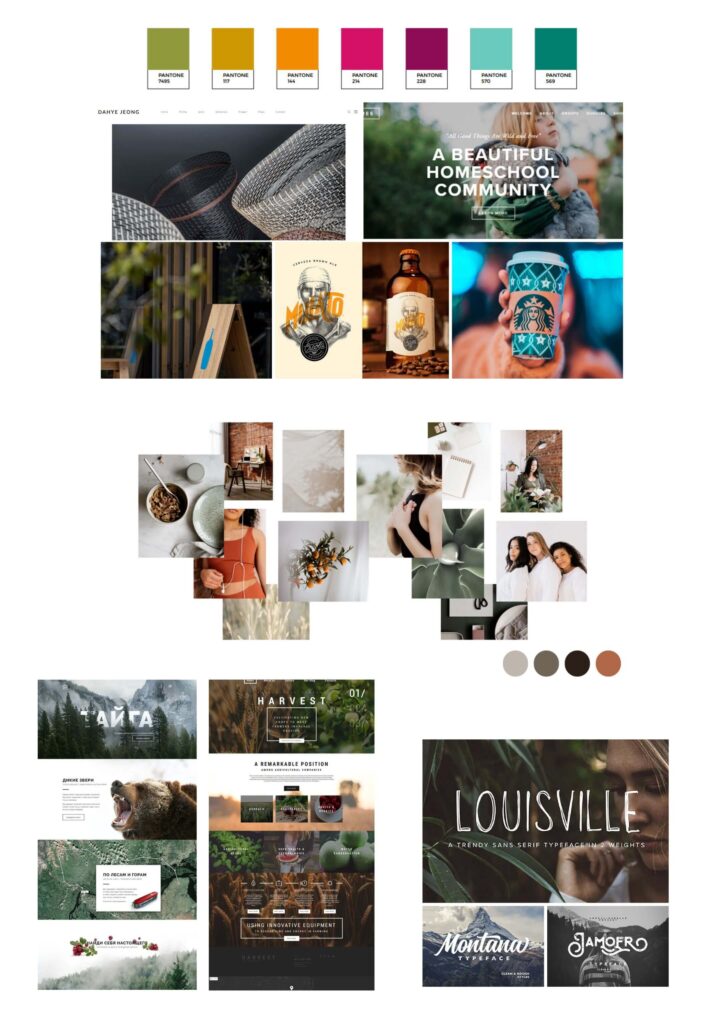
Group 4: Status and Presence, High-End
These words define how you show up in your category.
They guide scale, hierarchy, structure, and white space.
Example keywords:
- Luxe
- High-end
- Confident
- Clean
- Strategic
- Precise
- Visionary
Pick one from each group. Use three to five total.
Each word should play a specific role.
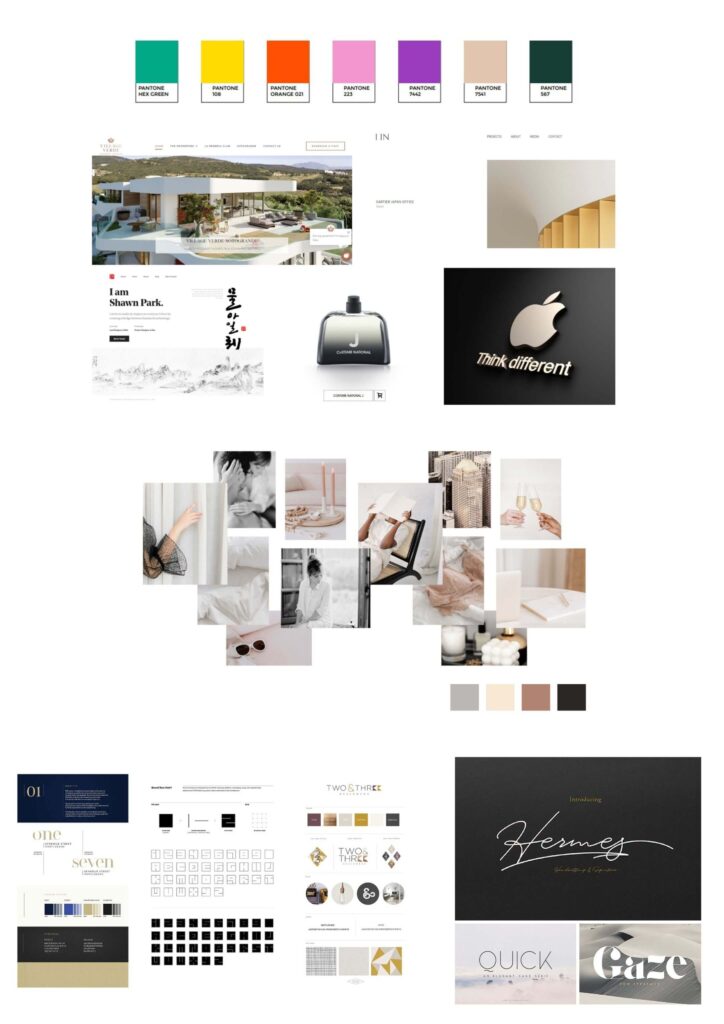
Seasonal Brand Design Keywords
| Spring | Summer | Autumn | Winter |
|---|---|---|---|
| Fresh | Gentle | Earthy | Bold |
| Friendly | Feminine | Grounded | Sleek |
| Clear | Understated | Natural | Confident |
| Upbeat | Sophisticated | Organic | Strategic |
| Optimistic | Calm | Honest | Refined |
| Youthful | Romantic | Rustic | High-end |
| Bright | Soft | Real | Luxe |
| Open | Muted | Strong | Cool-toned |
| Cheerful | Graceful | Raw | Minimal |
| Fun | Elegant | Cozy | Precise |
How to Choose Your Brand Keywords
Step 1: Start broad, then narrow
Read through each group and mark words that feel right.
Pick what sounds like your brand.
Skip anything vague or trendy.
Step 2: Look for patterns
Group your selections.
See where they overlap. You might lean toward warm, bright, and playful words. Or you might prefer precise, minimal, and strategic ones.
Look for clarity in your direction.
Step 3: Choose three to five final keywords
Pick a mix that gives you contrast without conflict.
Each word should bring something new. Avoid repetition. Strong sets often include one emotional tone, one core value, one direction word, and one position word.
Examples:
- Calm, Refined, Empowered, Clean
- Bright, Generous, Purpose-driven, High-end
- Bold, Playful, Curious, Luxe
Each group works together to shape your visual identity.
Define What Each Keyword Looks Like
This is where most people get stuck.
They pick words but never explain how they show up in design.
Write down what each keyword means for your layout, fonts, photos, and tone.
Examples:
- Bold = strong contrast, large type, confident voice
- Elegant = thin strokes, serif fonts, muted palette
- Joyful = bright colors, rounded shapes, natural lighting
- Grounded = earth tones, textures, slow rhythm
- Clean = lots of white space, flat icons, simple language
Once you write this down, you have a design guide you can share with any collaborator.
Use Brand Keywords in Your Design Process
Bring your keywords into your daily work. Add them to:
- Style guides
- Moodboards
- Creative briefs
- Feedback notes
- Onboarding for designers or writers
Let them guide decisions. Use them to approve or reject layouts.
If something feels off, go back to the words.
Ask simple questions like:
- Does this feel calm or busy?
- Does this match our confident tone?
- Is this layout refined or messy?
When your team uses the same reference point, your brand visuals become clearer and faster to produce.
Mistakes to Avoid
Avoid these common traps:
- Picking too many words
- Choosing buzzwords that feel nice but mean nothing
- Using overlapping terms that create confusion
- Skipping the definition step
- Choosing words that describe what you hope to be instead of what you are now
You need honesty and clarity.
Start from where your brand stands today.
Conclusion
Brand keywords give you creative direction.
They help you make smart, consistent design decisions that reflect your values and attract the right audience. When you choose a small set of focused words and define them clearly, you get faster approvals, better visuals, and a stronger brand presence.
Use your keywords to build moodboards, write briefs, shape layouts, and align your team. Print them. Share them. Refer to them often.
Every great brand has a tone. This is how you define yours.
Learn More About Visual Brand Design
Color Psychology in Branding: Clarify Your Visual Identity
What is Visual Branding and How It Can Help Your Business
What Is the Seasonal Design Approach?
Last Updated on 30/05/2025 by Victoria Silber




